How we’ve delivered on what we said we’d do last year
We are here to beat blood cancer. We do this by funding research that leads to better treatments; giving information and support to people affected by blood cancer; and campaigning for better healthcare.
Last year, we set 10 ambitious targets for what we wanted to achieve to take us closer to our mission. Here’s how we got on.

We said we would start work on a new research strategy.
We worked on developing a new research strategy, including analysing the research landscape and getting expert views from leading blood cancer researchers. We plan to publish it in early 2021, and it will help ensure our research investment makes the biggest possible difference for people with blood cancer.
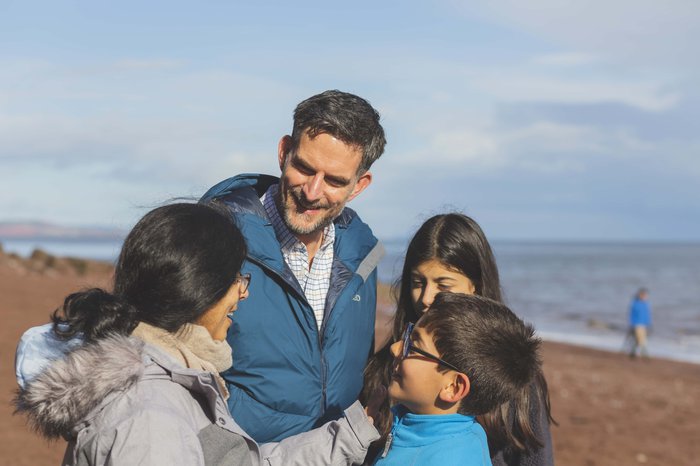
We said we would significantly increase the number of people who benefit from our information and support services.
We reached more people with our information and support than ever before. We sent out almost 50,000 printed publications, a 12% increase on the previous year. The 1 million page views of our online health information also represented a 12% increase on the previous year, and our support services saw a 76% rise in interactions.
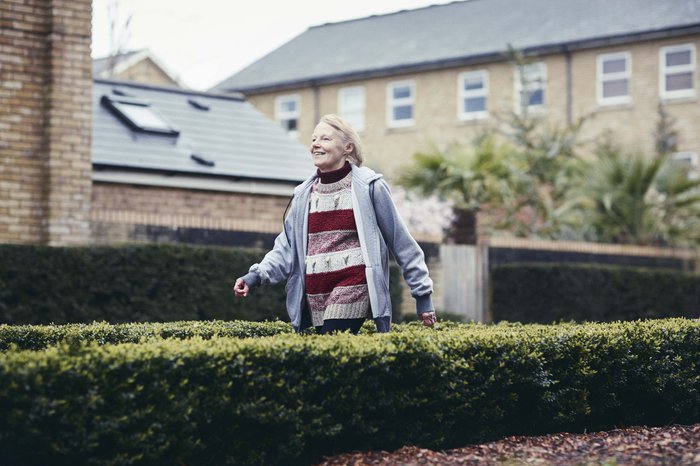
We said we would launch new campaigns to improve healthcare.
Our campaign on delays to diagnosis included a petition signed by more than 10,000 people and has raised the issue up the political agenda.

We said we would look at how we can improve our brand and how we communicate.
We carried out an extensive consultation with people affected by blood cancer, which led to us changing our name from Bloodwise to Blood Cancer UK. Our new name is already helping us reach new audiences, and we have had great feedback from our community about the collaborative way in which we came to a decision.

We said we would redevelop our website.
We developed a new website in consultation with people affected by blood cancer, and launched it on the same day we changed our name. It means that people using our online health information now have a much better experience, and we are better positioned to fundraise digitally.
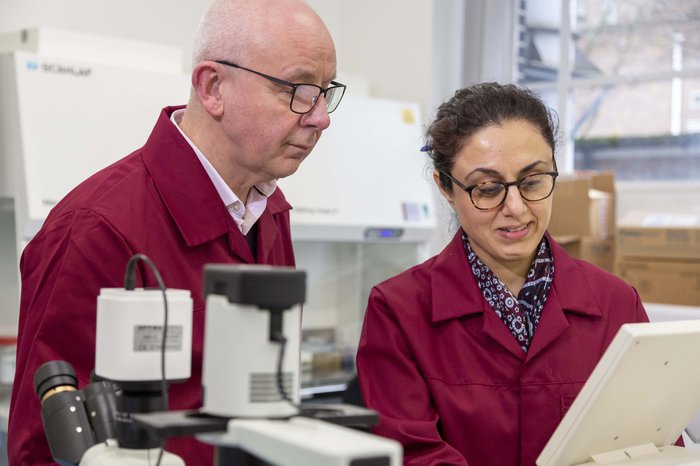
We said we would become more diverse, including increasing the number of volunteers who are from BAME and LGBT+ communities.
The proportion of our staff who are from BAME communities increased from 9% to 12%, taking us roughly in line with the UK population. But we have more to do before we reflect the diversity of London and the surrounding areas, where most of our staff are based. Our recruitment of 10 new Ambassadors has increased our diversity, but we were unsuccessful in increasing the diversity of our Board of Trustees. This remains a key priority.
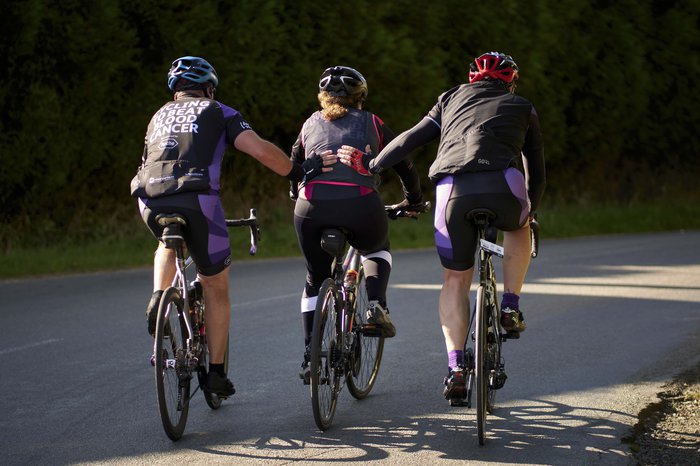
We said we would grow our voluntary income.
We came close but did not achieve this – our fundraising income was £13.0m, slightly lower than the previous year (£13.2m). This was because it took longer than we expected to start our lottery and to grow the number of community groups. By the end of the year the coronavirus had started to impact our income.
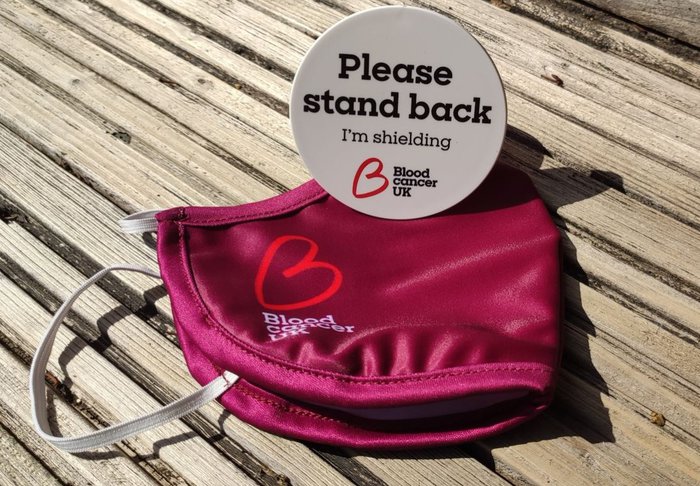
We said we would launch a new online shop.
Our new online shop was launched, and has proved really popular. In response to the coronavirus, we have started stocking facemasks and shielding badges, which have been very successful.
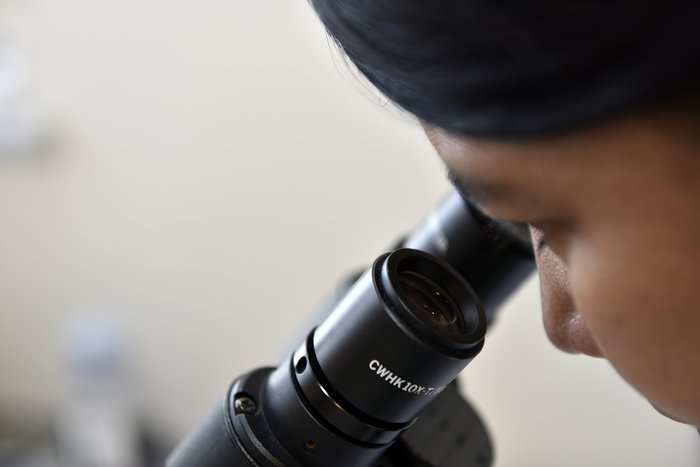
We said we would get better at communicating our impact.
We started work on a report into the impact of our research over the last 60 years. This was published in September 2020 and has made us much better able to tell the story of how our research has helped transform blood cancer treatments.
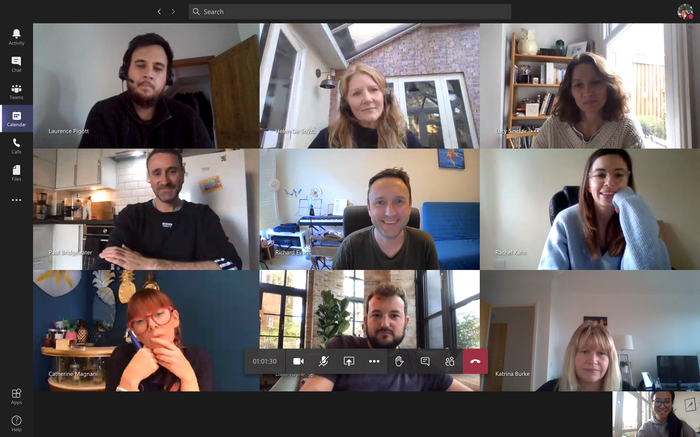
We said we would develop our culture so we become an employer of choice.
We are proud of the huge strides we have made in this area. Our regular internal staff survey showed the proportion of staff recommending us as a place to work increased from 41% in December 2018 to 85% in March 2020. Between December 2018 and March 2020, the proportion of staff saying they were proud to work here increased from 76% to 98%, and the proportion saying that working here makes them want to do their best work increased from 81% to 97%. It is the high engagement levels in our staff that enabled us to respond to the coronavirus pandemic so effectively.
